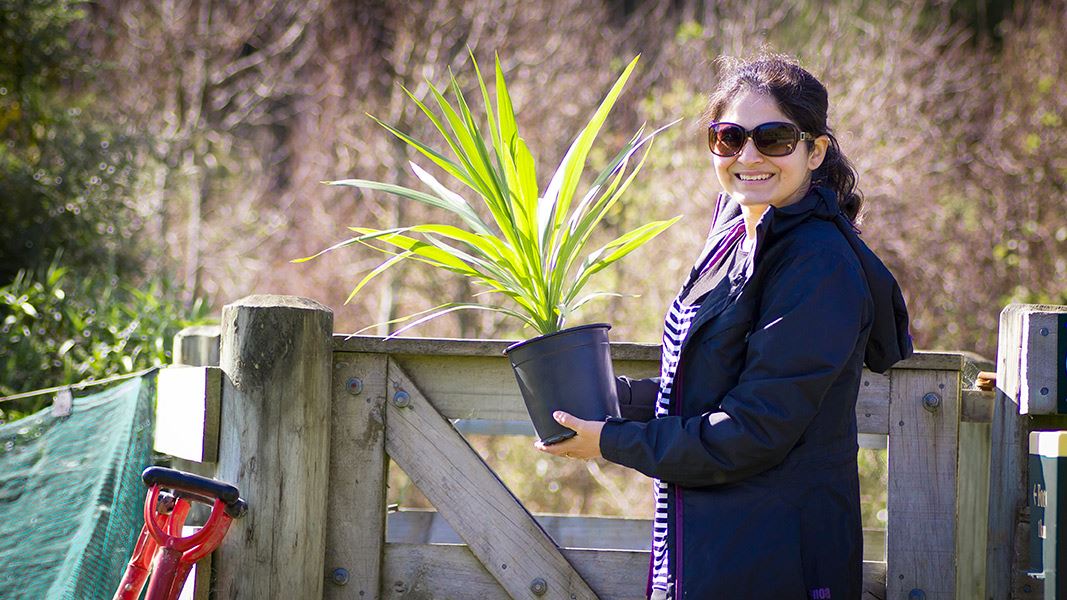Get involved in volunteer activities around the country.
Have your say on issues we are consulting on, and see past consultations.
New Zealand's special wildlife and ecosystems are facing serious threats, and more action is needed to save it.
Find out what type of permission you need from DOC, depending on your activity, type of organisation and purpose.
Find nature activities you can do outdoors and at home.
Find resources to support conservation teaching and learning.
Learn more about conservation with an online or field based training course.
Find out about funding sources for community groups and landowners.
DO YOUR BIT FOR NATURE
Not sure how to take meaningful action to help nature? We’ve made it easy for you to find small ways to make a big difference.
